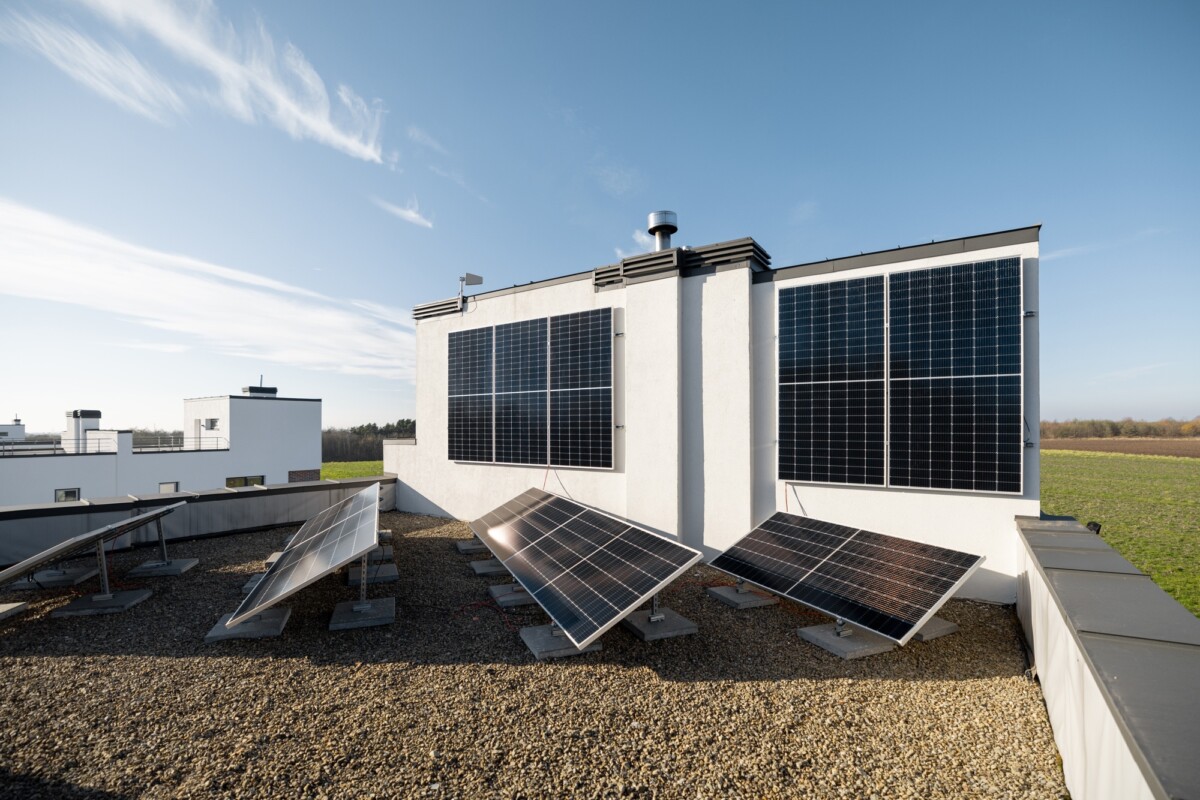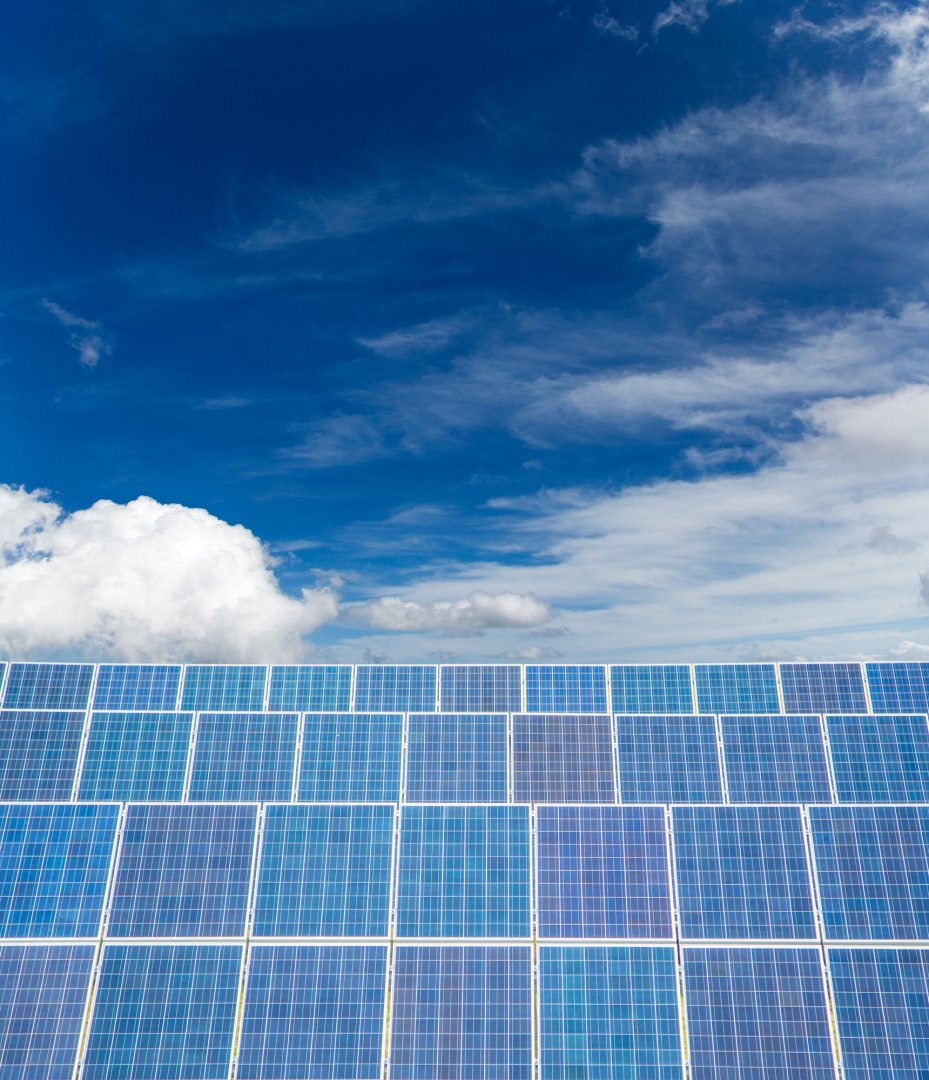As the need for sustainable and eco-friendly energy sources grows, more households and businesses are turning to solar panels as a solution. However, concerns about the Cost of installation have deterred some from investing in the technology. A significant factor that contributes to the overall Cost of solar panels is the Cost per watt. This article goes into detail about the things that affect the solar panel installation cost per watt and shows the different parts that affect the total price.
What is the Cost per watt?
A solar panel system’s Cost per watt is calculated by dividing the overall system price by the system’s total wattage. For example, if a 10-kilowatt (kW) solar panel system costs $25,000, the Cost per watt would be $2.50 ($25,000 ÷ 10,000 watts). This number is important because it allows you to compare the Cost of different solar panel systems and determine which one provides the best value for your money.
Factors that Affect the Solar Panel Installation Cost Per Watt
A solar panel system’s price per watt might change for a variety of reasons. Some of the more crucial ones are as follows:
Quality of the Panels
One of the most important things that affect the Cost per watt is how good the solar cells are. Higher-quality panels tend to be more efficient and durable, which can result in a lower overall cost per watt over the system’s life. However, higher-quality panels also tend to be more expensive upfront, which can increase the initial Cost per watt.
System Size
Cost per watt is also affected a lot by how big the solar panel setup is. Larger systems tend to have a lower cost per watt than smaller systems because the fixed costs (such as installation and permitting) are spread out over larger panels. However, larger systems also require more space and may not be practical for smaller properties.
Location
The location of the solar panel system can also affect the Cost per watt. Solar panel systems tend to have a lower cost per watt in areas with high electricity rates because they can offset more expensive grid electricity. Additionally, certain areas may have incentives or rebates that can reduce the Cost per watt of a solar panel system.
Installation Costs
Installation costs are another important factor affecting the solar panel system’s Cost per watt. Roofing material, panel placement, and the degree of difficulty of the installation can all affect the final price tag. A more complex installation will generally result in a higher cost per watt.
Financing Options
Finally, the financing options available to you can also affect the Cost per watt of a solar panel system. For example, if you choose to lease your solar panel system rather than buy it outright, you may end up paying a higher overall cost per watt due to the interest and fees associated with the lease.
Typical Cost per Watt for a Solar Panel System
US household solar panel systems cost $2.80 per watt, according to the National Renewable Energy Laboratory (NREL). Nevertheless, this figure is subject to considerable fluctuations depending on the aforementioned factors. Regions with high electricity rates and abundant incentives may have a much lower cost per watt.
Tips for Reducing the Cost per Watt of Your Solar Panel System
There are several techniques to minimize the Cost per watt of a home solar panel installation. Follow these pointers:
Choose High-Quality Panels
Investing in high-quality solar panels may increase the upfront Cost of your solar panel system, but it can reduce the overall Cost per watt over the life of the system. Look for panels with a high-efficiency rating and a long warranty period to ensure that you get the most out of your investment.
Opt for a Larger System
If you have the space and budget for it, opting for a larger solar panel system can reduce the overall Cost per watt. This is due to the fact that when applied to more panels, the fixed expenses (such as installation and permits) become more manageable.
Additionally, a larger system can generate more electricity, which can further offset your energy costs.
Research Incentives and Rebates
If you are interested in installing a solar panel system but are worried about the initial investment, it’s a good idea to research local incentives and rebates. These can include federal or state tax credits, utility rebates, or local incentives from municipalities or community organizations.
Consider Financing Options
Many financing options are available for solar panel systems, including loans, leases, and power purchase agreements (PPAs). Be sure to compare the costs and benefits of each option to find the one that works best for your situation.
Get Multiple Quotes
Get estimates from several solar panel installers before making a final decision. Finding the best value for your money is easier when you have a better grasp of the typical Cost per watt in your area.
Conclusion
When installing a solar panel system, it is crucial to consider the Cost per watt. While the average Cost per watt in the US is $2.80, it can vary significantly due to multiple factors, including panel quality, system size, location, installation costs, and financing options. By comprehending these factors and taking necessary measures to lower the overall Cost per watt, solar power can become an affordable and practical alternative for households and businesses.
Apart from financial benefits, solar power offers significant environmental benefits. It’s a green energy option that doesn’t contribute to global warming or pollution. Choosing to install solar panels is one way to help protect the planet for future generations and reduce your personal carbon footprint.
Suppose you plan on installing a solar panel system. In that case, it is essential to research and analyzes all the aspects that can impact the Cost per watt. By preparing and planning, you can experience the benefits of solar power while ensuring that the installation remains cost-effective.
FAQS
What is the average Cost per watt for solar panel installation?
The average Cost per watt for solar panel installation in the United States is around $3 to $4.
How many watts of solar panels do I need to power my home?
The number of watts of solar panels needed to power a home depends on several factors, including energy usage, location, and panel efficiency. A professional installer can help determine the appropriate amount.
Do solar panels increase home value?
Yes, installing solar panels can increase the value of your home, as it provides a cost-effective and eco-friendly energy source.
Is it cheaper to buy or lease solar panels?
Buying solar panels is typically cheaper in the long run, as you can take advantage of tax incentives and save on energy costs. Leasing can be more affordable upfront but can result in higher costs over time.
How long do solar panels last?
Solar panels are designed to last for 25-30 years or more with proper maintenance.
How much can I save on my energy bill with solar panels?
The amount you can save on your energy bill with solar panels depends on several factors, including energy usage and location. On average, homeowners can save up to 20% or more on their energy bills.
Are there tax incentives for installing solar panels?
Yes, several tax incentives are available for installing solar panels, including the federal solar investment tax credit (ITC) and state-specific incentives.
Do I need to clean my solar panels?
Yes, it’s important to clean your solar panels periodically to ensure optimal performance. The finest techniques for cleaning can be discussed with a trained installer.
How long does it take to get solar panels up and running?
Installation takes 1-3 days, depending on system size and complexity.
Are there financing options available for solar panel installation?
Yes, there are several financing options available for solar panel installation, including loans and leases, as well as state and federal incentives.











